
Past Simple Tense Definition, Examples, Rules
The basic structure of the past simple is: Subject + past tense + object. So all you need to do is to put the verb in its past form. There are two types of verbs - regular and irregular. Regular verbs are easy because you simply have to add -ed, -d, or -ied. for verbs ending in most consonants, add -ed.

Simple Past Tense Example Sentences in English Simple past tense
The simple past tense, also known as the past simple, the past tense or the preterite, expresses completed actions in the recent and distant past. It is the basic past tense in English grammar. We form this tense with the past simple form of the main verb and did, the past simple form of the auxiliary verb do.
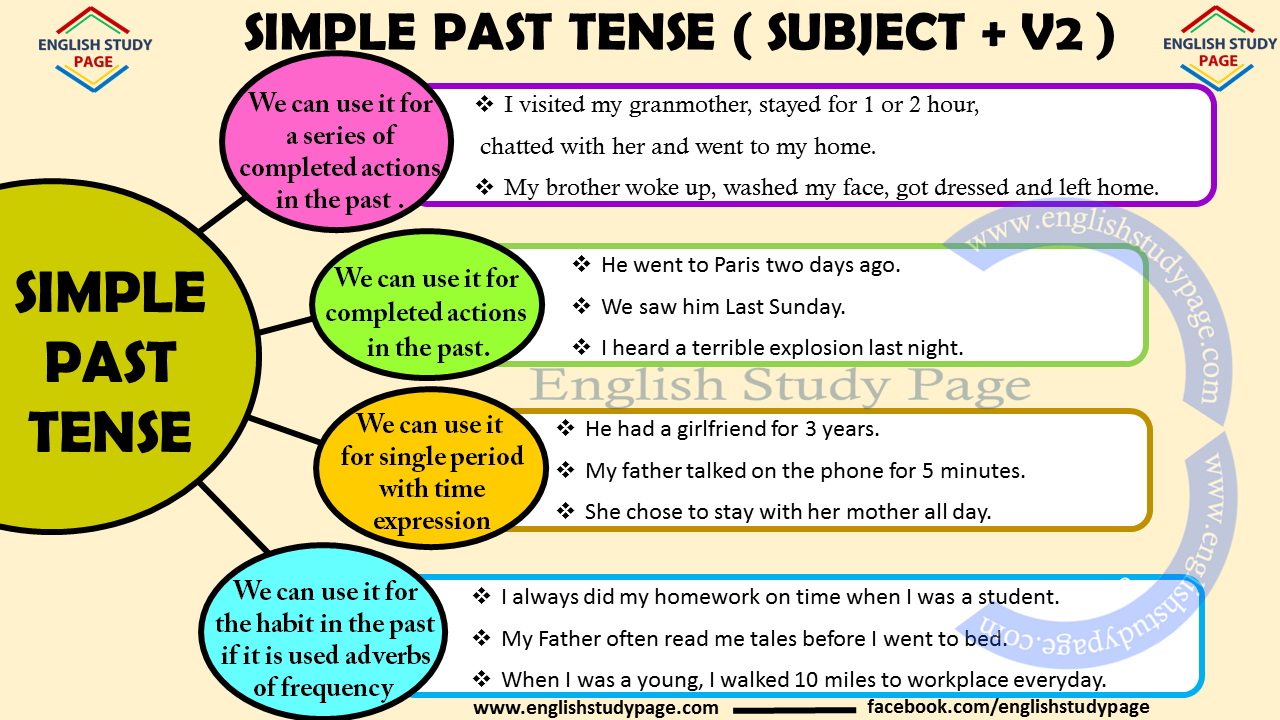
Simple Past Tense English Grammar English Study Page
We use the simple past tense form of a verb to talk about actions and events that were completed in the past (e.g., "I walked to work yesterday"). For regular verbs, we usually form the simple past tense by adding "-ed" to the base form of the verb (e.g., "jump" becomes "jumped"). Irregular verbs form the simple past.

Simple Past Tense
Simple past tense (past simple tense) is a verb tense that describes completed actions or past habits before now. It is also used to talk about a series of events in the past. "Did" is the helping verb of simple past tense. For affirmative (positive) sentences we use past simple form of a verb.
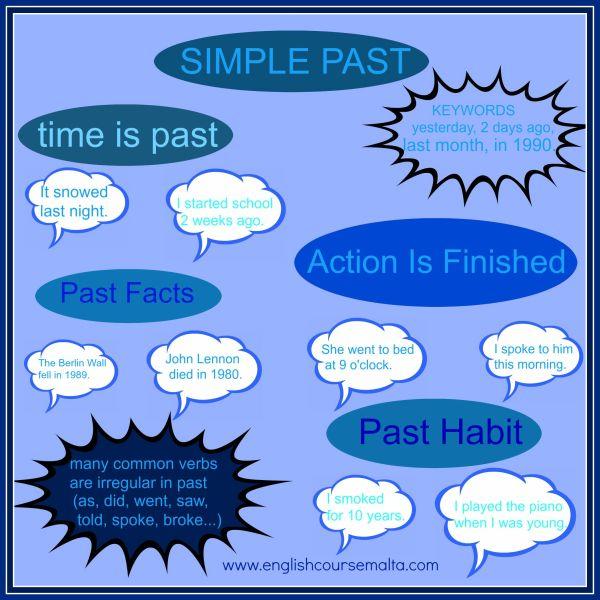
PAST SIMPLE TENSE Form and Use English Course Malta
In general, we use the past simple to express the past tense in English. An event in that tense happened before now and is always completed. How long the event lasted is not important, although it frequently appears with time adverbials or past time expressions that define a fixed point in the past. In detail, the following cases are typical:
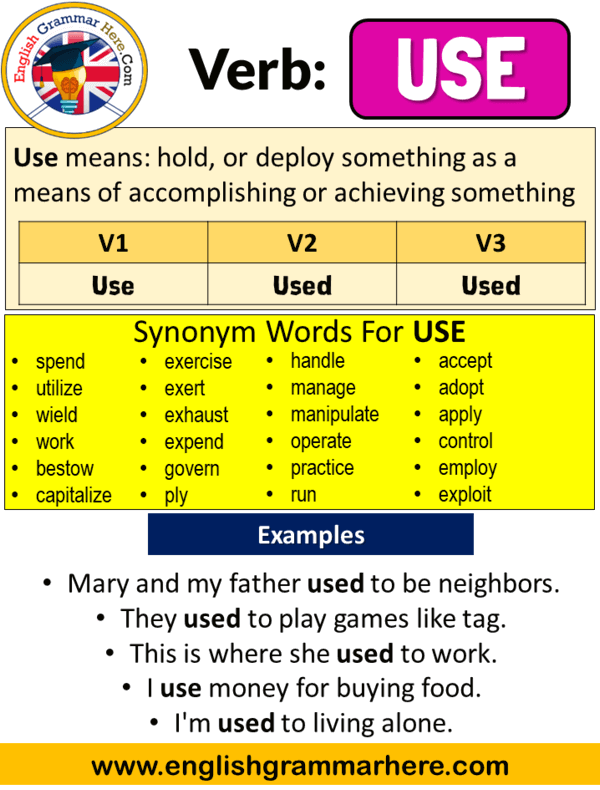
Use Past Simple, Simple Past Tense of Use Past Participle, V1 V2 V3
For example: For verbs ending in, add. For verbs ending in a. ied. Don't forget, if it is a , then it fits the first pattern e.g. play = played. We use the past simple tense for . These will have taken place within a finished period of time. last week / night / weekend / year (etc) in 2005 / June / winter (etc)

Past Simple Negative Simple past tense, Teaching english grammar
How to form the simple past. For regular verbs, add -ed to the root form of the verb (or just -d if the root form ends in an e ): Play→Played. Type→Typed. Listen→Listened. Push→Pushed. Love→Loved. For irregular verbs, things get more complicated. The simple past tense of some irregular verbs looks exactly like the root form:
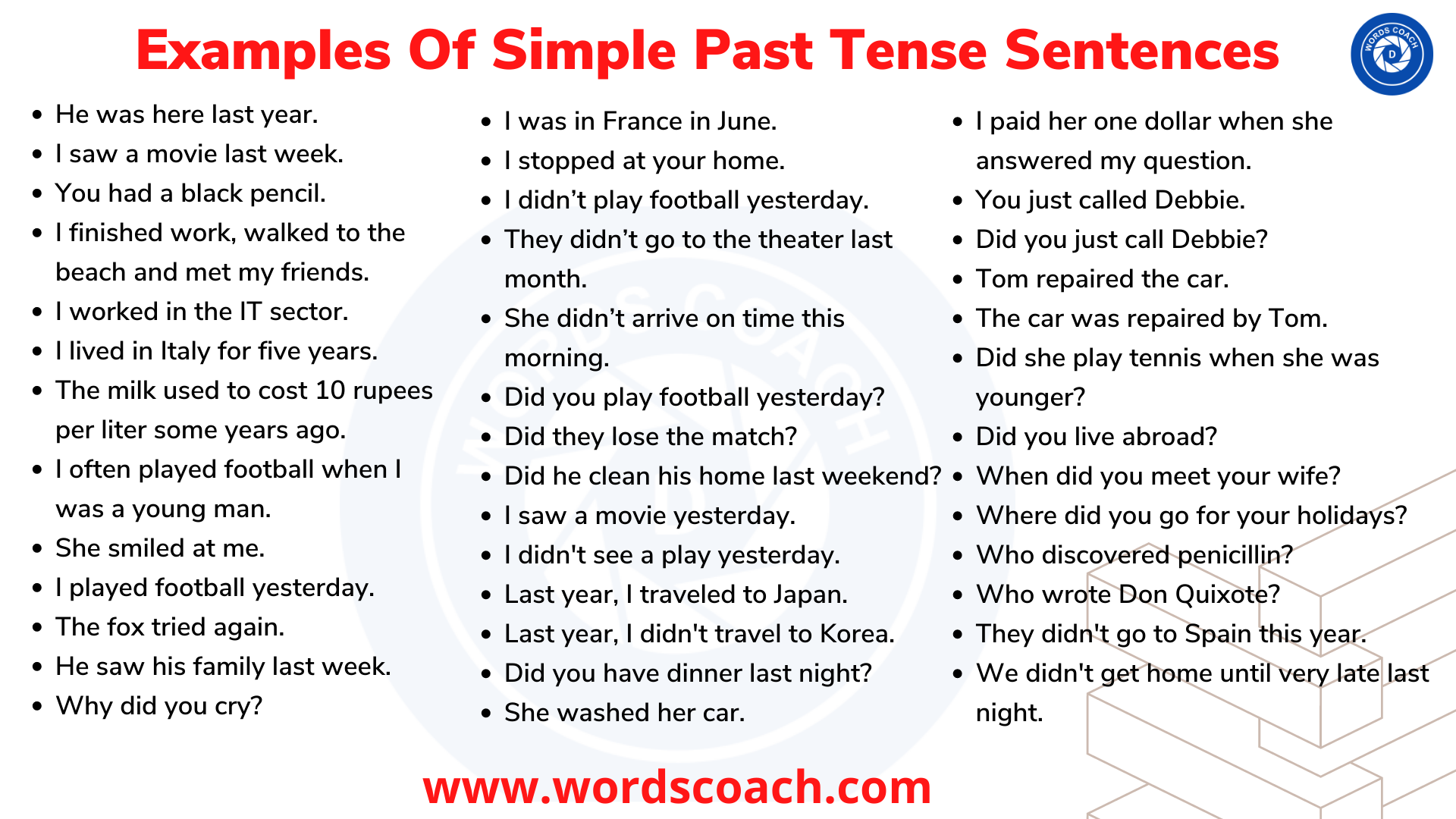
Simple Past Form Of Win BEST GAMES WALKTHROUGH
Present perfect and past simple 1. MultipleChoice_MTYzMTU= Present perfect and past simple 2. GapFillTyping_MTYzMTc= The future in the past. When we talk about the future from a time in the past we use:. would as the past tense of will:; He thought he would buy one the next day. Everyone was excited.
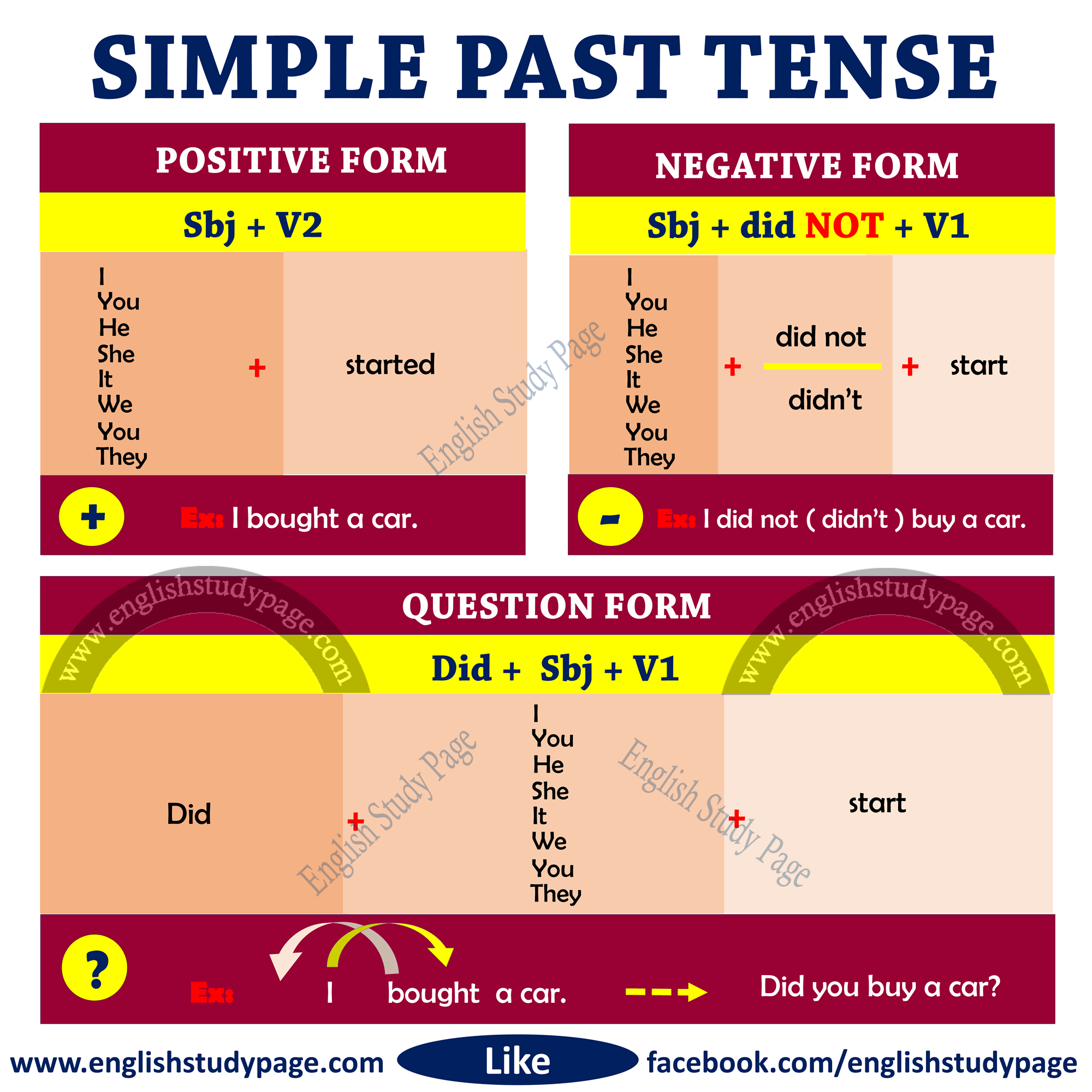
Structure of Simple Past Tense English Study Page
This is the basic past tense. We use it whenever we want to talk about the past and we don't have any special situation that means we should use the past perfect, present perfect or past continuous. Finished actions, states or habits in the past. 1: We use it with finished actions, states or habits in the past when we have a finished time word.

présent perfect vs simple past exercice present perfect et simple
When do we use of the Past Simple? 1. Completed actions in the past. We can use the past simple tense to describe actions that took place in the past. They started and finished in the past, without necessarily a specific time in mind. However, time expressions can still be used when giving more detail about the past time when the action took place.

Past Simple FormPositive and Negative English Past Tense, Tenses
Revised on October 23, 2023. The simple past tense is a verb form used to refer to an action or series of actions that were completed in the past. The simple past tense of regular verbs is formed by adding "-ed" to the infinitive form of the verb (e.g., "cook" becomes "cooked"). Most verbs in the simple past take the same form.

Simple Past Simple Past Simple Past Tense English Lessons Gambaran
How to use the past simple tense. You can use past simple with time expressions that refer to a point of time in the past, for example, "earlier today", "yesterday", "last week", "last month" or "last Tuesday". I married Steve last year. You can also use phrases that refer to an indefinite period of time in the past, often.

Incredible Simple Past Tense Definition Examples Ideas Id.Beritasik
There are two tenses in English - past and present. The past tense in English is used: to talk about the past. to talk about hypotheses (when we imagine something) for politeness. There are four past tense forms in English: Past simple: I worked. Past continuous:

Simple Past Tense To Be Simple Past Tense Past Tense Tenses Images
AFFIRMATIVE. We form the Past Simple sentences by using the verb in the so-called second form. Majority of the verbs have regular verbs; to form Past Simple, simply add the -ed ending to their basic form: Tina passed her exams easily. We stayed in a hotel in London.

Our English classroom Past simple
When to Use Past Simple Tense Use #1. When describing things that were completed in the past or existed before the present. For example, if I wanted to tell you what happened when my friend Johnny and his band visited last week, I would use sentences like: Johnny and his group arrived around 3 p.m. Their show was at 9.
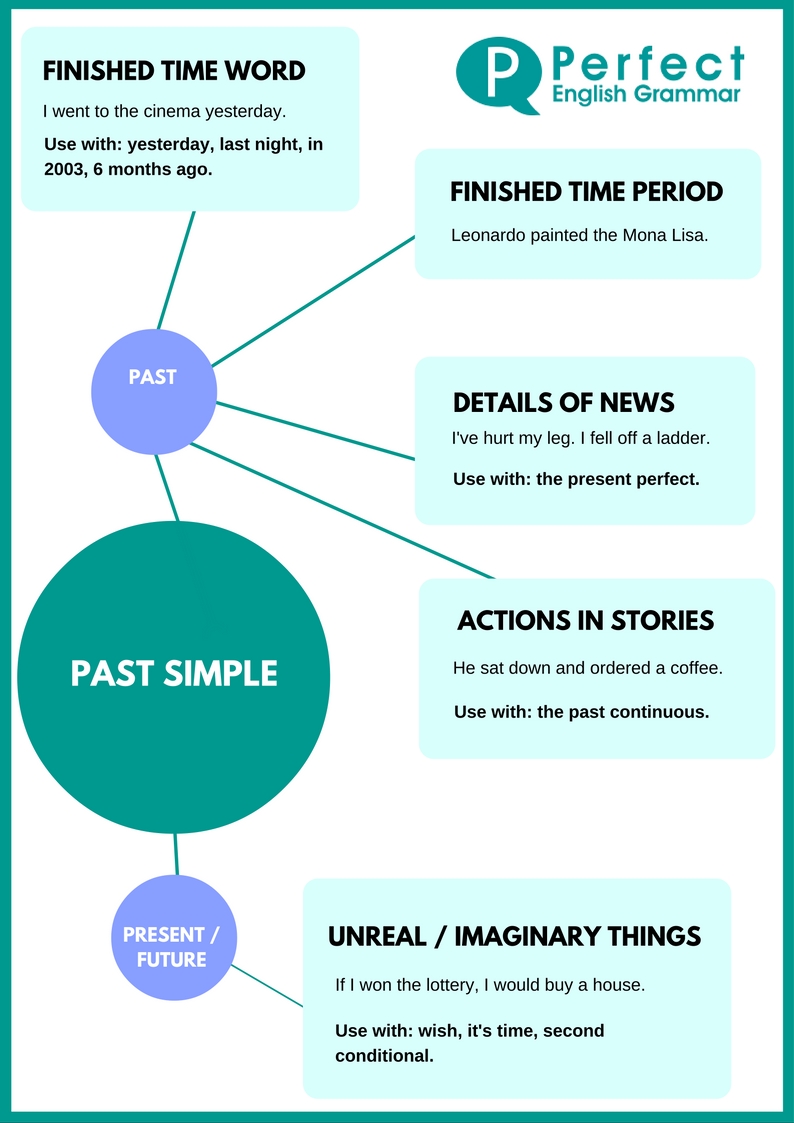
Using the Past Simple (or Simple Past) Tense
Past Simple. The Past Simple tense is sometimes called the "preterite tense". We can use several tenses and forms to talk about the past, but the Past Simple tense is the one we use most often. In this lesson we look at the structure and use of the Past Simple tense, followed by a quiz to check your understanding. How do we make the Past Simple.